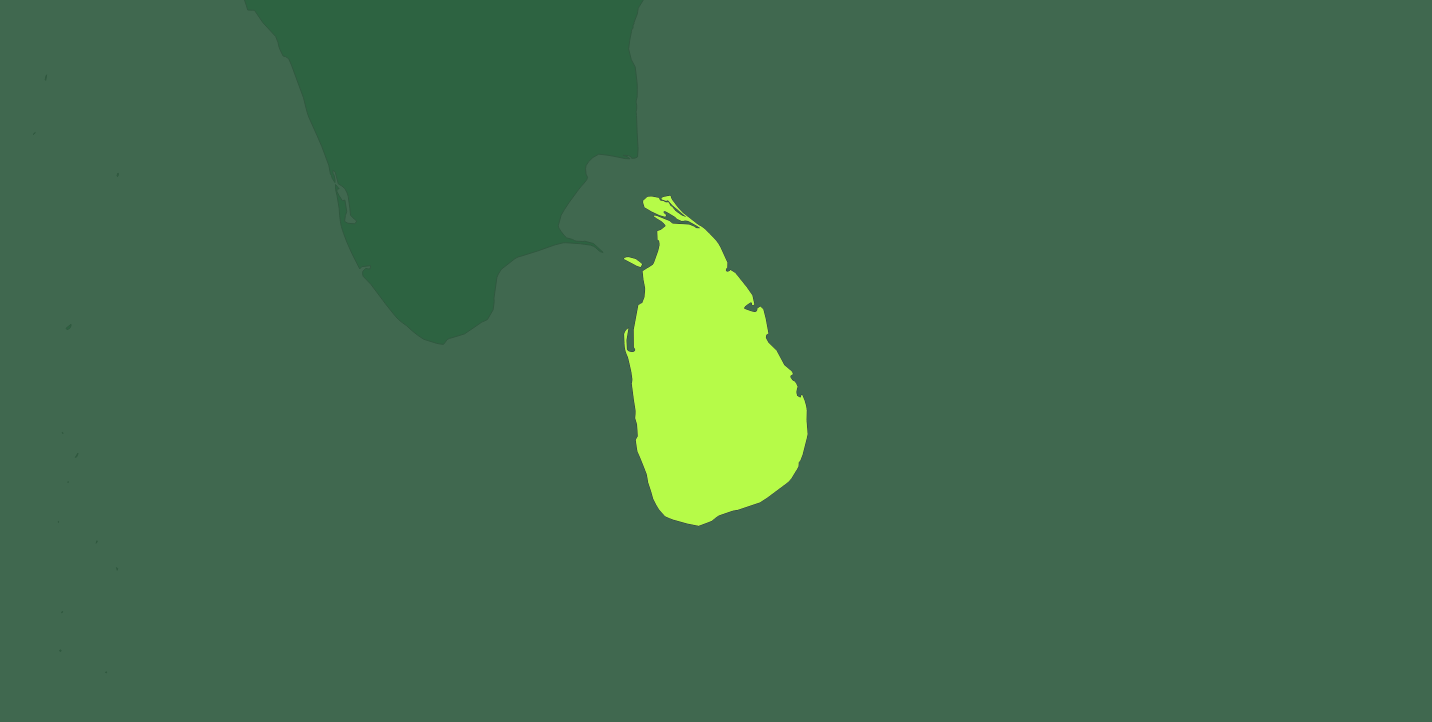The Tamils of Sri Lanka
The outbreak of communal violence in 1977 between the Sinhalese majority and the Tamil minority of Sri- Lanka (formerly Ceylon) attracted world attention once more to the ethnic problems of the island. Ironically, and tragically, the riots closely followed the election victory of Mr Junius Jayawardene’s United National Party, which was determined to make concessions to the Tamils’ aspirations for greater security and equality of educational and economic opportunity.
The result has been that, far from ‘solving the Tamil problem once and for all’, as one UNP leader had hoped, the new government is faced with a more explosive situation than ever before, in which the Tamil United Liberation Front, now the main parliamentary Opposition after winning the electoral support of the majority of Tamils in the Northern Province, is openly pledged to the division of Sri-Lanka into two separate states. Furthermore, a portion of Tamil youth appears to support underground groups which have begun assassinations of people they consider traitors, and acts of sabotage.
The 2.6 million Tamils of Sri-Lanka, who are about a fifth of the island’s population of 12.7 million, form two more or less distinct communities — although recent events have tended to drive them together both physically and emotionally. The 1.2 million plantation workers, known as Indian Tamils, were brought over from India as indentured cheap labour in the last century, and their status has become increasingly uncertain in recent years. The 1.4 million indigenous, or ‘Ceylon Tamils’, regard themselves as a separate, predominantly Hindu nation, because they have been on the island for at least as long as the Buddhist Sinhalese.
The Ceylon Tamils live and cultivate land mainly in the Northern and Eastern provinces, but they also have a substantial stake in Colombo and other Southern cities. Unlike the Indian Tamils, they are a relatively prosperous and educationally advanced group. But many of their leaders and spokesmen, and many of their youth, feel they have an even bigger national problem than the Indian Tamils. Ever since Sri-Lanka’s independence in 1948 they have seen signs that the Sinhalese majority was using its overwhelming parliamentary strength to deprive them of their economic position, destroy their separate national identity and, indeed, make them ‘second class citizens’. Many of the Sinhalese, in their turn, have long felt that the Tamils have enjoyed disproportionate educational advantages and consequently ‘unfair’ prosperity. Moreover, the presence across the narrow straits of some fifty million fellow Tamils in the Indian State of Tamilnadu has given rise to fears that the Buddhist Sinhalese nation might somehow be overwhelmed by a much larger Hindu one.
The Tamils’ fears were heightened by the passage of the 1972 republican Constitution, which made ‘Sinhala Only’ the basis of administration without giving specific status to Tamil, or to Hinduism. This situation created a new sense of unity among the Tamils of both communities and introduced a new note of extremism — including demands for secession — into the ethnic politics of the island. Mr Jayawardene’s new government in 1978 attempted to remove some of these grievances. It abolished a form of discrimination in university selection known as ‘standardization’, which had blatantly favoured Sinhalese students, and the new Constitution promulgated in September 1978 for the first time recognized Tamil as a ‘national language’ alongside Sinhalese, which remained the ‘official language’. However, by September 1978 these concessions appeared to have come too late. The Constitution was rejected by the TULF because it made no concessions to regional autonomy, and Front leaders felt there was no guarantee that formal language rights incorporated in the Constitution would be honoured in practice.
Please note that the terminology in the fields of minority rights and indigenous peoples’ rights has changed over time. MRG strives to reflect these changes as well as respect the right to self-identification on the part of minorities and indigenous peoples. At the same time, after over 50 years’ work, we know that our archive is of considerable interest to activists and researchers. Therefore, we make available as much of our back catalogue as possible, while being aware that the language used may not reflect current thinking on these issues.
